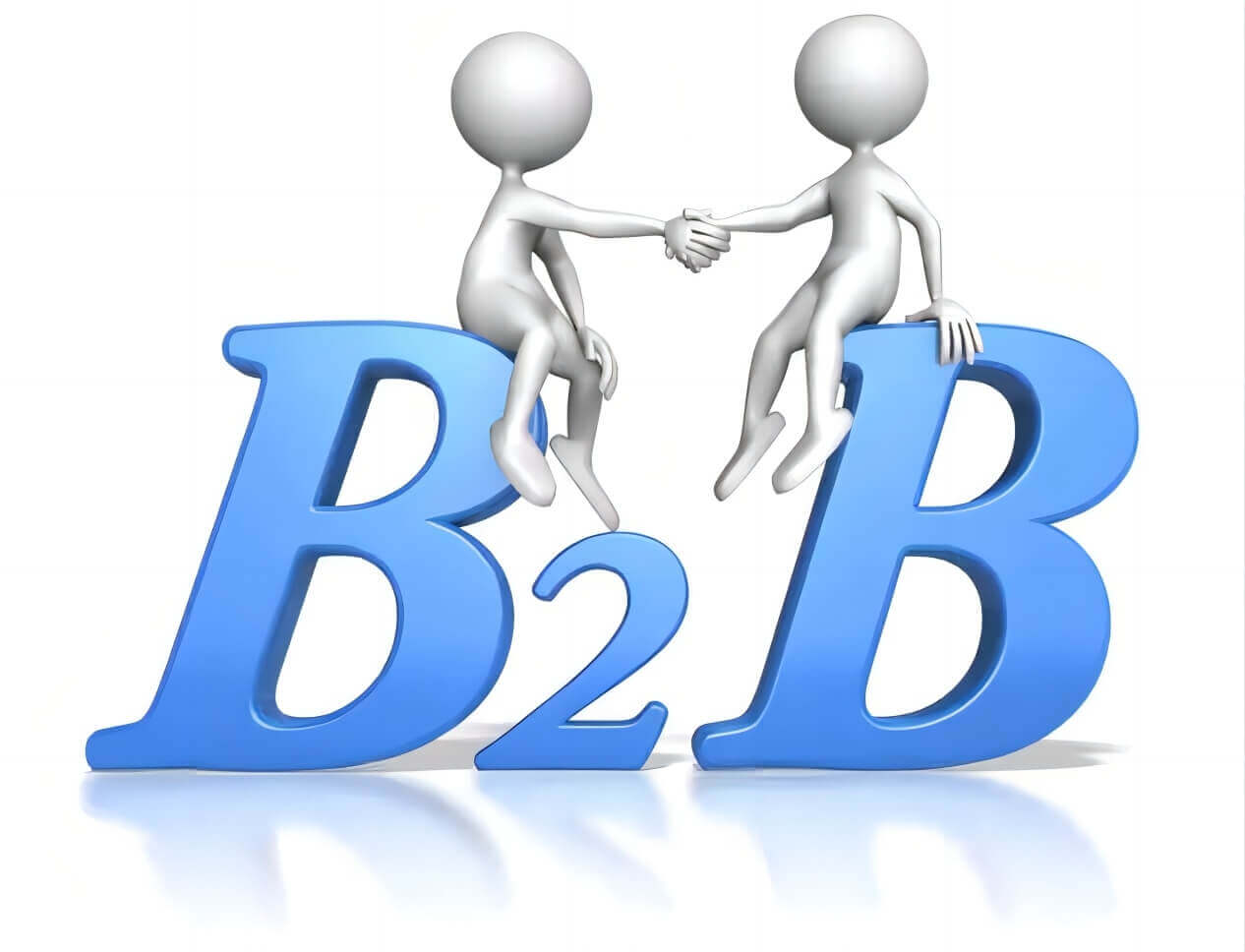Product thinking is an open-ended question without a standard answer, but it is relatively traceable. We can use product thinking to analyze real-life examples. This article combines relevant cases to share how to utilize product thinking from six dimensions. Let’s take a look.
Product thinking itself is an open-ended question; there is no standard answer to this topic, but there are reference dimensions that can guide us.

If you are asked this type of question in an interview, the interviewer may be assessing your underlying understanding of product thinking and whether you can effectively apply "product thinking" to work efficiently.
When asked what product thinking is, you can break it down into two dimensions:
The definition of product thinking.
The specific manifestations of product thinking (such as traffic, users, data, iteration, value, and service thinking) and discuss these directions in your answer, breaking down the above four points.
For example:
To analyze the phenomenon of the "Zibo barbecue craze" using product thinking, we can break it down into the following dimensions:
Social Demand
Before the Zibo barbecue became popular, the social demand among people across the country surged due to the pandemic. Zibo barbecue has a certain social attribute that aligns with people’s needs.Media Influence
During the pandemic, many university students were quarantined in Zibo, and their last meal before leaving was Zibo barbecue. Because of this, Zibo barbecue became a fond memory for them, and this spring, many students traveled back to Zibo, increasing its popularity through social media.Additionally, in February, Zibo collaborated with several top influencers on Douyin to promote Zibo, enhancing its visibility. In April, a Bilibili blogger evaluated more than ten barbecue shops in Zibo, increasing public recognition through their personal influence.
Government and Community Response
After the Zibo barbecue craze, the government quickly responded by establishing dedicated barbecue trains, creating special barbecue routes, and citizens actively participating in cleaning up litter and making space for visitors. This further enhanced the positive impression of Zibo among the public, fueling the barbecue craze.
This explanation is more logical than simply stating that it became popular because it’s cheap and delicious with a variety of options.
Therefore, the core of product thinking is to see through phenomena to their essence. We need to analyze things from macro to micro, peeling back layers to discover the root cause.
The dimensions for analyzing problems using product thinking can include the following points:
1. Traffic Thinking
No product can be divorced from traffic; the development of WeChat and the rise of Douyin are both dependent on traffic. The essence of traffic thinking is to empower product value creation through acquiring and managing traffic. Thus, products must focus on traffic acquisition and management.
Traffic thinking can be further divided into several stages, such as acquiring new users, activating users, conversion, and repurchase.
User Acquisition
In this phase, it is essential to clarify the target audience for the product. The aim is to acquire traffic specific to the target demographic, rather than casting a wide net. For instance, the online joke about "Lamborghini’s 8-yuan discount coupon" illustrates that even if you obtain it, you won’t use it because you are not its target audience.User Activation
Traffic is not infinite, so we need to keep the acquired traffic as active as possible to create value.
This can be understood through a sign-in mechanism in games: the more you sign in, the higher the value of the rewards you receive, which keeps you active in the game long-term.Conversion
Initially, whether the product is free or activated is essentially a groundwork for monetization.
Taking games as an example, the longer you spend in the game, the more dependent you become, leading you to pay for a better user experience, which occurs during the conversion phase.Repurchase
Our goal is not just to create value for the product once, but to achieve long-term, sustainable value output.
To ensure that users continuously create value, we need to return to the user themselves. Only when your product sustainably meets the user’s needs will they find ongoing value.
2. User Thinking
User thinking is the cornerstone of product thinking. Its core is to think about each link in the product value chain centered on the user, providing personalized, humane, and diversified services.
Haidilao is a typical example of user thinking in product manifestation. Starting from the user’s perspective, it excels in providing user service. When someone goes to Haidilao for a meal, the staff will offer companionship with toys; if you bring a child, there will be dedicated personnel providing childcare services, and so on.
Compared to other hot pot restaurants, Haidilao's service is deeply rooted in customers’ hearts, making it one of the core reasons for Haidilao's success.
Of course, user thinking does not mean fully adhering to user wishes when implementing products but rather finding a balance between user needs and business objectives.
3. Data Thinking
The core of data thinking is to monitor the product from a rational, objective, and quantifiable perspective.
It involves making abstract problems concrete, simplifying complex issues, and using data to drive operations and products. The purpose of data thinking is to assist decision-making.
The application of data thinking in business requires establishing a rigorous data chain, deeply understanding the business, structuring and breaking down business metrics, comparing business data across multiple dimensions, and analyzing the data to derive objective conclusions in real time, thereby empowering the product.
For example, in the U.S., baby diapers are often sold alongside beer, and this decision led to a notable increase in the sales of both diapers and beer. This sales strategy was actually based on data analysis of "supermarket customers," revealing that over 90% of people buying diapers also bought beer. Based on this data, the supermarket adjusted its sales strategy, boosting overall sales.
Data thinking is business-centered, uses data metrics as a standard, relies on data facts, aims to quantify business data, and is result-oriented toward optimizing business problems.
4. Iterative Thinking
Baidu defines iterative thinking as: "Iteration is a repetitive feedback activity that starts from a minimal core and gradually achieves or closely approaches the goal through the continuous accumulation of actions and small choices."
This applies to products as well. The design, development, and operation of a product are not a one-time deal. The success of a product does not solely depend on how much traffic it gains or how many resources are invested early on. It requires strong systematic support and the ability to continuously iterate.
Take WeChat as an example:
WeChat 1.0: It was primarily a tool for sending messages between acquaintances.
WeChat 2.0: Introduced features such as voice messages, "Shake," and "People Nearby," expanding from communication among acquaintances to connecting with strangers.
WeChat 3.0: Launched features like the official accounts and QR code scanning, linking the product to more everyday scenarios.
WeChat 4.0: Introduced the Moments feature, transforming WeChat from a social tool to a social platform, followed by additional features like mini-programs and service accounts.
WeChat's product ecosystem did not come into being overnight but developed gradually through continuous iterations starting with instant messaging as its core MVP.
Every iteration polishes the product, offering more options and reducing the cost of making mistakes.
5. Value Thinking
The essence of value thinking is making choices. It involves evaluating a series of judgment criteria and making decisions that maximize value. The key questions are: What is the cost of doing this? What are the specific actions required? What will be the outcome?
Products inherently involve multiple value dimensions. When taking product-related actions, we need to consider product value, user value, and business value comprehensively, rather than making judgments based on a single value dimension.
We can think about the following scenario: Suppose micro-merchants (individuals who use social media to sell goods) ask the WeChat team to cancel the feature that allows users to choose whether or not to view someone’s Moments. How would you make a decision?
Using "value" as a framework, we can consider the following dimensions:
User Value:
For micro-merchants, expanding their ad coverage would increase their revenue, improving their satisfaction with WeChat.
However, for regular users, this decision would mostly harm their experience as they would be passively exposed to micro-merchant ads, diminishing the overall user experience. Given that regular users far outnumber micro-merchants, the value of this decision would be minimal from the user perspective.Product Value:
WeChat’s Moments feature is positioned as a "content sharing platform based on social relationships." If WeChat agrees to this request, Moments may be flooded with micro-merchant ads, shifting its purpose from "content sharing" to "ad distribution." This would negatively impact the core positioning of the product.Business Value:
The team could potentially adjust WeChat's functionality to meet the needs of micro-merchants while minimizing the impact on regular users, thereby increasing business value.
For example, WeChat could introduce a paid feature for micro-merchants to enable this function, or charge for promoting Moments posts of this nature. This would generate business value, although it could also result in some loss of regular users.
6. Service and Trade-off Thinking
Products are inherently a manifestation of service. Whether they meet user needs, market demands, or product positioning—each iteration of a product is essentially a process of making trade-offs.
Take TikTok as an example: It serves regular users, video creators, the Douyin platform matrix, merchants, the market, ByteDance, and commercial interests, among others.






